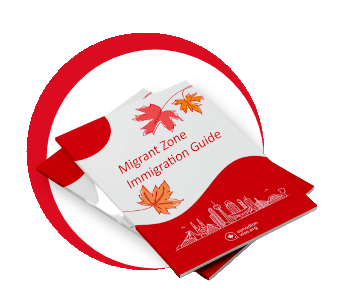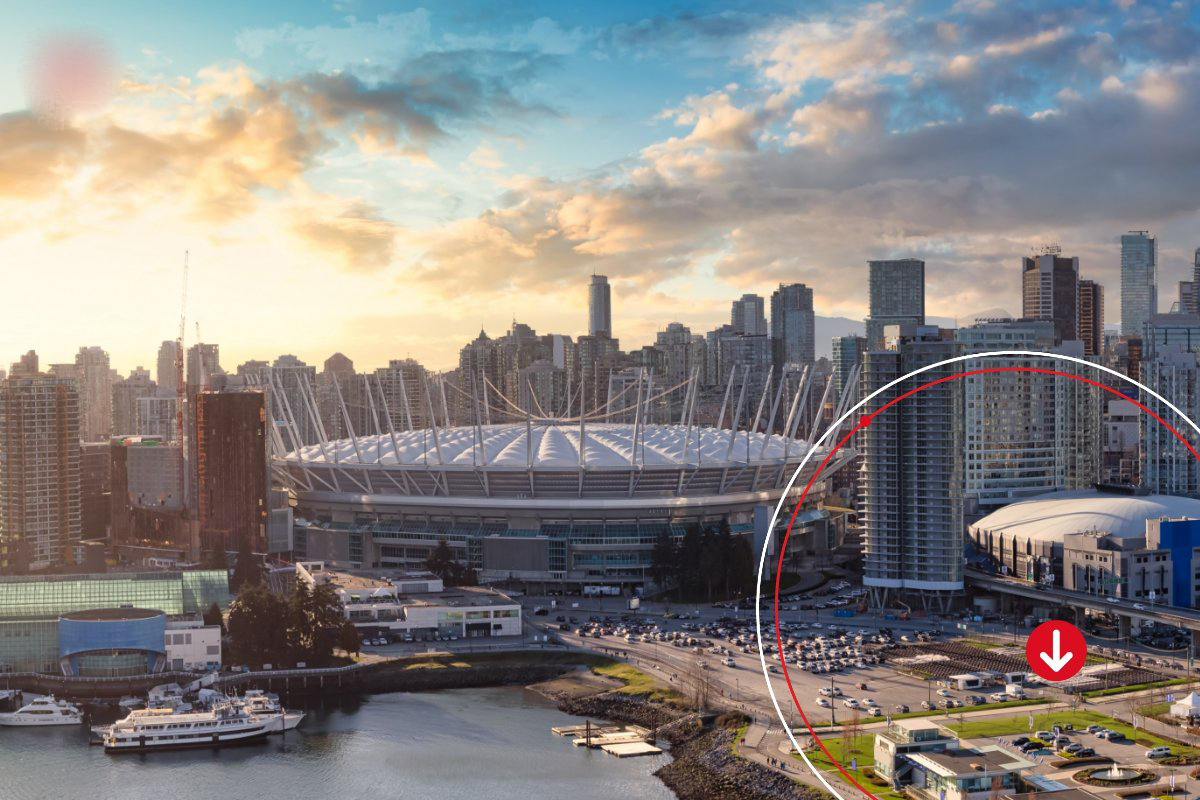When looking to immigrate to a new country, understanding what life will be like in that country is vital. Naturally, one of the most significant factors to consider is the state of that country's economy, and Canada is no different. While there is a vast array of metrics to gauge the condition of a country's economy, one of the biggest factors that affect a country's economy is the national Gross Domestic Product (GDP).
A country's GDP is the total monetary value of the goods and services produced by that country over a year. It's a good way to determine the size of the industries within the economy. One of the other factors you can determine via GDP is the average standard of living.
Taking the GDP and dividing it by the number of people living within the specific economy creates the GDP per Capita. This gives you a basic idea of the average standard of living in that economy.
As a result, examining Canada's GDP can be very helpful in determining what kind of standard of living you can expect in Canada compared to other countries. On top of this, examining the GDP of Canada's provinces and territories can give you a good idea of which province may be the right place for you.
What is the Canada GDP?

As the Canadian government only publishes the GDP data at the end of each year, the most recent data from Statistics Canada (StatCan) shows that Canada's GDP is $2,103,305,000,000 making it one of the largest economies in the world.
Canada's population is currently 38,929,902, according to StatCan. This means that Canada's GDP per capita is approximately $54,028, which is exceptionally high. By comparison, according to the World Bank World Bank, the world's average GDP is $16,469.26.
This is due to the wide variety of booming industries in Canada, a large number of natural resources, the relatively small population and the successful regulation of the national economy by the Government of Canada.
Another major reason Canada GDP is so high is the massive and growing provincial and territorial economies within Canada. Each province and territory has its GDP, which gives a general indication of the average living standard in each province or territory.
What is the GDP of the Canadian Provinces?

According to Statistics Canada, Canada's provinces have a wide range of GDPs based on population size and key industries. Each province's GDP is as follows:
Ontario
According to the latest data, Ontario's current GDP is $805,813,000,000, making it the largest economy in Canada, almost double the second-largest economy. According to Statistics Canada, the population of Ontario is currently 15,109,416, making Ontario's GDP per capita approximately $53,331.84.
The primary factor that has created such a large GDP in this province is the sheer population within Ontario, the major industrial centers of Toronto, Ottawa, Toronto, Mississauga and Hamilton, and the major industries in the province.
Ontario's key industries are automobiles, machinery, electrical parts, mining, small grain and fruit farming, information technology, and telecommunications. Not only are these some of the largest industries in Canada, but they are also some of the fastest growing. As a result, a huge number of occupations are in-demand in Ontario. Here's an overview of Ontario's in-demand jobs.



